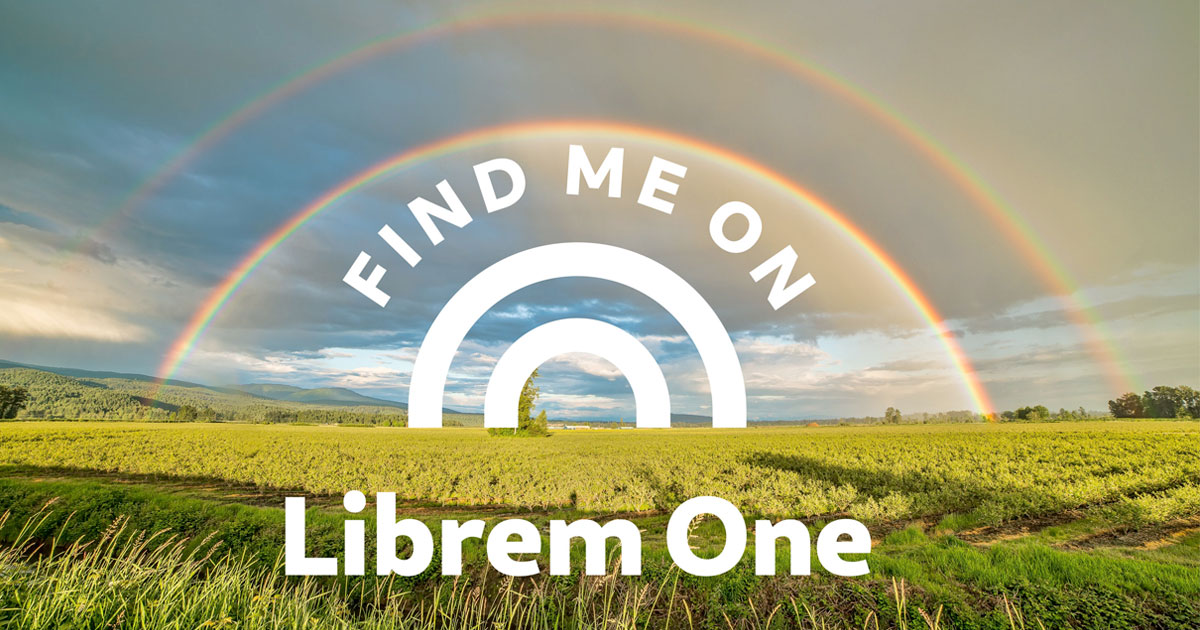For practical reasons, photos that you #ShotOnLibrem5 are processed into JPEGs with lower quality than what the camera can do. There are some (complex) ways in which this processing could be made faster and therefore cram more pixels and algorithms that make things prettier, but meanwhile...
Each photo you take is stored as both raw DNG and processed JPG - so you can go back to raw data and retroactively gain quality. See https://dosowisko.net/l5/photos/ for an example.
(cont.)
Seems like nobody was reaching for this low-hanging fruit, so I did it myself:
"Glowup" is a quickly hacked up thing that lets you glow your Librem 5 photos up with one click right on the phone, using #darktable and about 30 seconds of processing.
https://gitlab.com/dos1/glowup
#librem5 #mobilelinux #linuxmobile #linuxsmartphones #shotonlibrem5 #catsofmastodon (late)#caturday #myfirstlibadwaitaapp 😜
@dos Nice (cat)!!
@janvlug It appears that he's moving in, but still needs to work on gaining approval of other tenants 😺
@dos would this work with photos taken with the Pinephone as well?
@jawsh If you create an appropriate calibration profile and preset, then sure - though you'll likely also need quite a bit of patience when running it on the PinePhone ;)
@dos I would love an official #darktable calibration preset for the #librem5. On a scale from 1 to 10, how experimental is the `librem5.xml`?
@cocolinofan It's better than nothing, but definitely not something that should go into Lensfun database. It needs proper calibration samples, the ones I took so far suck in a way or another.
@dos Amazing work!
@dos at fist sight I thought it was a photo gallery app !

It just uses a single preset and doesn't let you adjust anything, but it's a start - some photos already glow up a lot with it. The obvious next step would be adjusting parameters in the XMP file; not a rocket science, darktable does everything for us already.
It probably needs to be fully rewritten before adding stuff, but it's just 400 lines of hardcoded UI code in Python, so that could be someone's one-afternoon project 😜